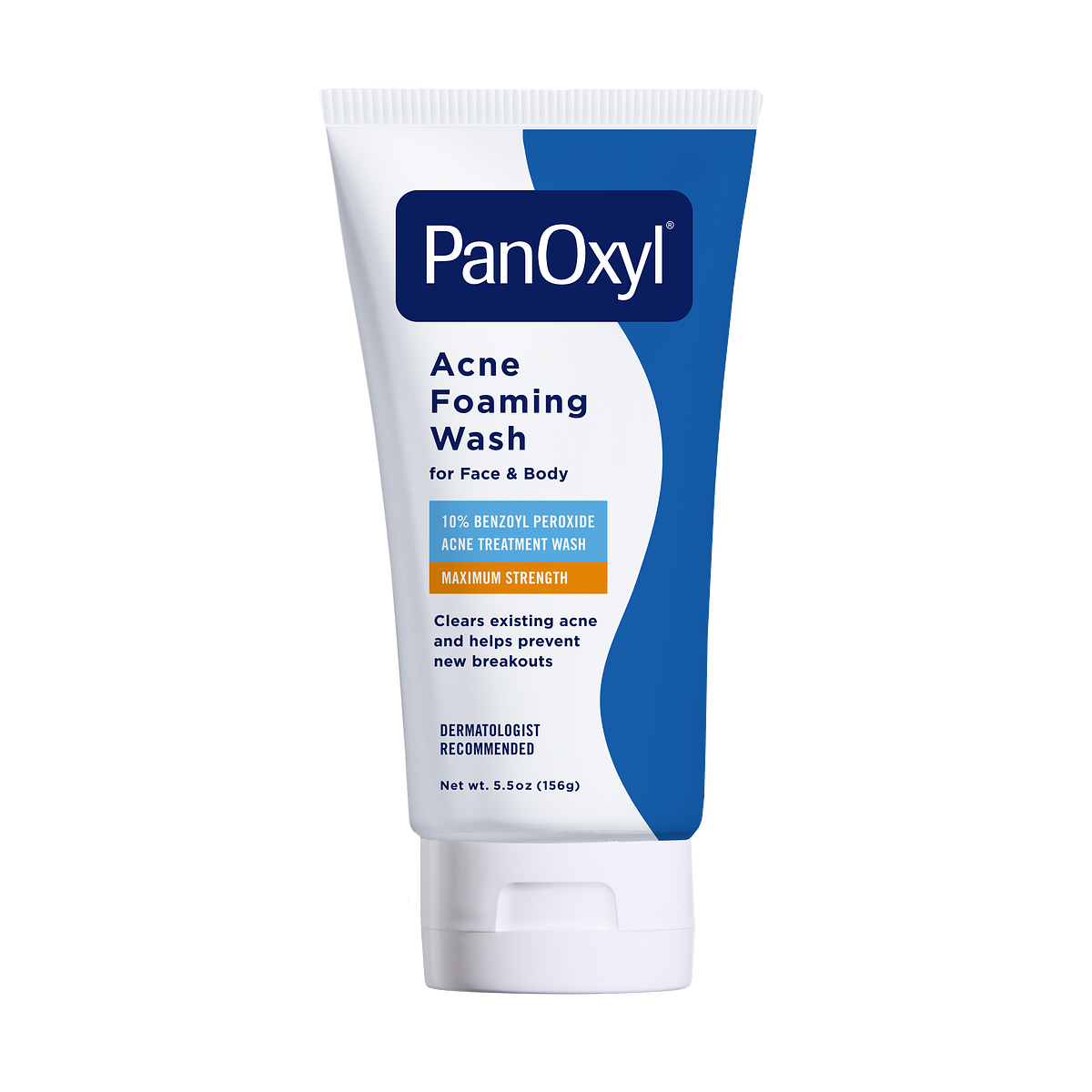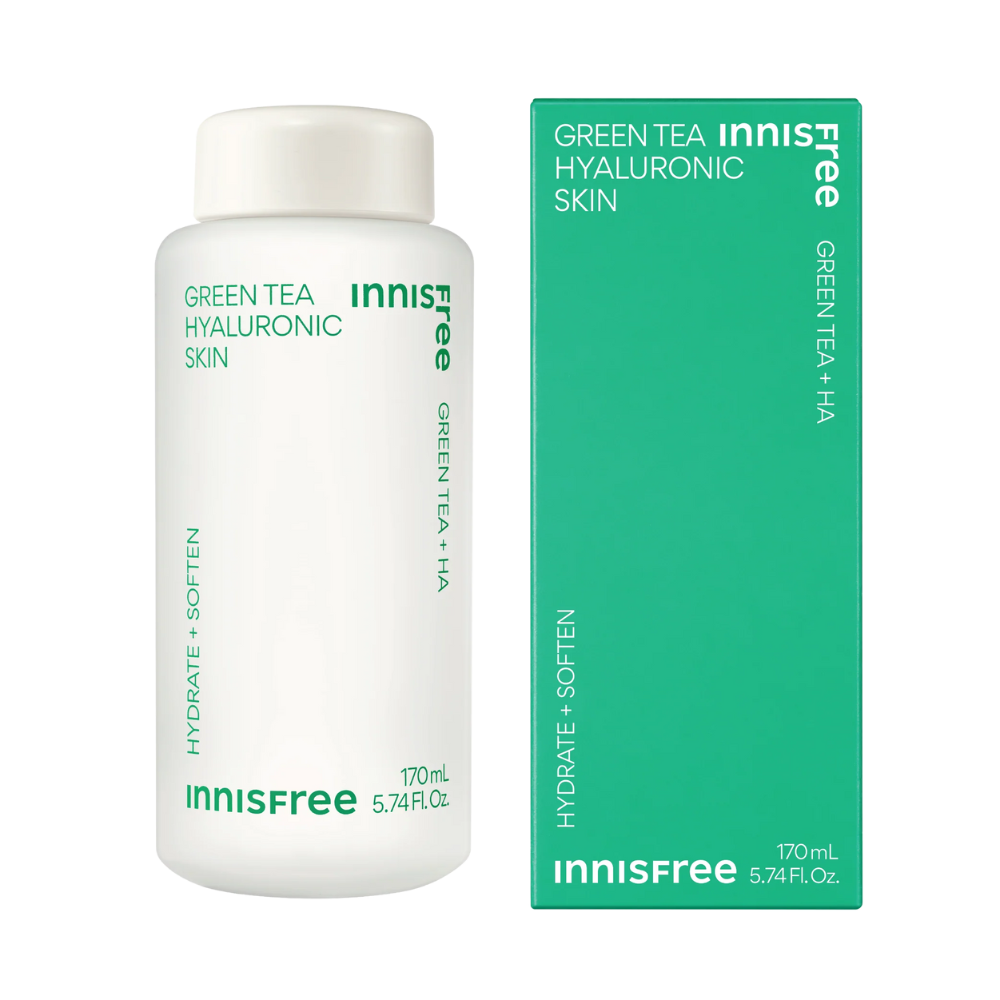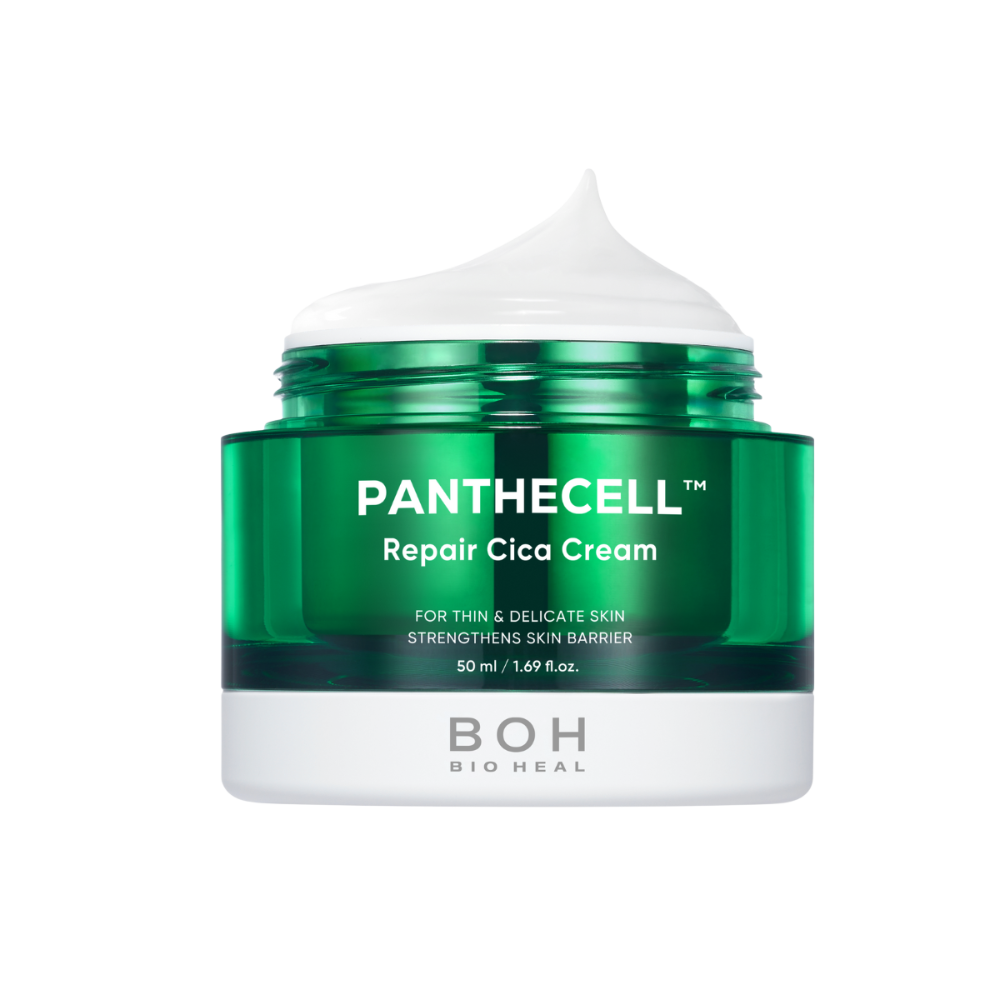You probably know your skin feels different from your friend’s or sibling’s. Your skin has its own needs, so building a Skincare Routine that fits you can make a real difference. Try using online skin quizzes. These tools use AI, check for many concerns like redness or dark circles, and give you personalized tips.
Feature |
Description |
|---|---|
Advanced AI Technology |
Offers accurate assessments of your skin’s needs. |
Skin Condition Analysis |
Reviews different skin conditions for better recommendations. |
Detection of Skin Concerns |
Spots up to 15 issues, from radiance to redness. |
Personalized Recommendations |
Suggests routines that match your skin analysis. |
Start small and set clear goals. Here are some tips to help you stay on track:
Set clear goals for your skin.
Think about why these goals matter to you.
Find support from friends or skincare experts.
Check your current habits.
Make new habits slowly.
Track your progress.
Stay positive and celebrate small wins.
Key Takeaways
Personalized skincare routines fit your skin’s needs. This helps you get better results and have fewer problems. Start with small steps and set clear skin goals. Add new products slowly so your skin does not get overwhelmed. Use online tools and quizzes to find your skin type and concerns. This helps you pick the right products. Keep track of your skin’s changes with a journal or photos. This shows what works and when you should change your routine. Always patch test new products first. This helps stop irritation and makes sure they are good for your skin.
Why a Custom Skin Care Routine Matters
Benefits of Personalization
You want your skin to look nice and feel good. A routine made just for you helps you reach your skin goals faster. It matches what your skin needs. Using products for your skin type gives better results. You will have fewer problems. Experts say personalized routines work up to 40% better than regular ones. You may notice your skin feels softer and looks clearer. Your skin health gets better as time goes on.
Products with dermatologist-approved ingredients help treatments work well.
Routines with proven ingredients match your skin, so they work better and lower irritation.
Studies show 95% of people using custom routines get softer skin, and over 90% see clearer skin.
A routine made for you also helps you feel happier. When your skin looks good, you feel more confident. You can fix things like rough texture or dark spots in a way that is easy to keep doing.
Tip: Begin with easy steps and add new products as you find what helps your skin.

Common Pitfalls of Generic Routines
Generic routines often do not work well. They ignore your skin’s barriers, pH, and special needs. You might use strong things like retinol or glycolic acid and hurt your skin. Some routines forget sunscreen, which can cause sun damage and make you look older. Others use strong smells that can cause allergies or make your skin itchy.
Using too many strong ingredients can hurt your skin barrier.
Not using SPF can make your skin age faster and get damaged.
Not putting moisturizer on oily skin can dry it out and cause pimples.
Sleeping with makeup on blocks pores and causes blemishes.
Not sticking to a routine stops you from reaching your skin goals.
A routine made for you helps you avoid these problems. You get a routine that fits your needs and keeps your skin healthy.
Identify Your Skin Type and Goals

Diagnosing Your Skin Type
You want your personalized skin care routine to work for you, so start by figuring out your skin type. Your skin can be oily, dry, combination, normal, or sensitive. Each type needs different care. Take a look at this table to see which one matches your skin:
Skin Type |
Description |
|---|---|
Oily |
Shiny skin, more oil, and sometimes acne. |
Dry |
Feels tight, looks flaky, and needs more moisture. |
Combination |
Oily in the T-zone (forehead, nose, chin), dry on cheeks. |
Normal |
Feels comfortable, not too oily or dry. |
Sensitive |
Gets red or itchy easily, reacts to products or weather. |
You can use simple tests at home to learn more about your skin. Try these:
Day Test: Watch your skin during the day. Does it get shiny or feel dry?
Wash Test: Wash your face, wait 30 minutes, and see how your skin feels.
Skin Genius: Snap a selfie and let an AI tool give you tips and product ideas.
Tip: Using a digital tool like Skin Genius can help you spot strengths and get personalized skin care suggestions.

Setting Personal Skin Care Goals
Now, think about your main concerns. Do you want to fight acne, reduce redness, or get smoother skin? Write down your goals. This helps you pick the right products and steps for your skin care routine. For example, if you have acne-prone skin, you might look for a treatment with salicylic acid. If your skin feels dry, you may want a moisturizer that adds hydration.
Identifying your skin type and goals helps you build a personalized skin care routine.
Tailor your routine to your concerns for better results.
Choose products that match your needs, like gentle cleansers for sensitive skin or brightening serums for dullness.
Your personalized skin care journey starts with knowing your skin and what you want to improve. This makes your routine more effective and keeps your skin healthy.
Building Your Basic Skincare Routine

Creating a basic skincare routine helps you keep your skin healthy and glowing. You want to start with simple steps and build from there. Your morning and evening routines look a little different, but both help you reach your skin goals. Let’s break down what you need for each part of your day.
Morning Routine Essentials
Your morning routine gets your skin ready for the day. You protect your skin from sun, pollution, and other environmental concerns. Dermatologists recommend these steps:
Cleanser
Wash your face with a gentle cleanser. Use lukewarm water. This removes sweat and oil that build up overnight. If you have oily skin, pick a foaming or gel cleanser. For dry or sensitive skin, choose a hydrating or fragrance-free cleanser.Serum
Apply a serum with vitamin C or hyaluronic acid. Vitamin C helps fight damage from pollution and boosts collagen. Hyaluronic acid keeps your skin hydrated. Pick the serum that matches your main concerns.Moisturizer
Use a moisturizer that fits your skin type. In dry climates, you need a rich cream with ceramides or squalane. In humid places, go for a lightweight, gel-based moisturizer.Sunscreen
Finish with a broad-spectrum sunscreen, SPF 30 or higher. Sunscreen protects you from UV rays and keeps your skin looking young. Never skip this step, even on cloudy days.

Tip: If you live in a city with lots of pollution, try a double cleanse at night and use antioxidant-rich products in the morning.
Evening Routine Essentials
Your evening routine helps your skin recover and repair. You remove makeup, dirt, and pollution from the day. Here’s what you should do:
Makeup Removal
Use micellar water or a gentle makeup remover. This step keeps your pores clear and prevents breakouts.Cleanser
Wash your face again with a cleanser that matches your skin type. This removes leftover dirt and oil.Exfoliation
Exfoliate to get rid of dead skin cells. For oily skin, use a BHA exfoliant twice a week. For dry or sensitive skin, pick a gentle exfoliator and use it once a week. Don’t scrub too hard.Toner
Apply a toner. If you have dry skin, choose an alcohol-free, hydrating toner. For oily skin, look for a toner with salicylic acid. Combination skin needs a balancing toner.Treatment
Use a serum or cream that targets your main concerns. If you want to fade dark spots, try a serum with hydroquinone. For anti-aging, use a retinol cream. If you have pigmentation, azelaic acid can help. Always follow directions and start slow with strong ingredients.Eye Cream
Dab on an eye cream. Retinol-infused eye creams help with fine lines and dark circles.Moisturizer
Finish with a moisturizer. Make sure to cover your neck, too. In cold or windy climates, use a thicker cream with peptides or fatty acids.
Note: Your lifestyle matters. Eating fruits, veggies, and healthy fats helps your skin from the inside. Getting enough sleep lets your skin repair and stay bright.
Choosing Products for Your Skin Type
Picking the right products makes your personalized skin care routine work better. Here’s a quick guide:
Skin Type |
Cleanser Recommendation |
Toner Recommendation |
Exfoliation Recommendation |
|---|---|---|---|
Dry Skin |
Gentle, hydrating cleanser |
Alcohol-free, hydrating toner |
Gentle exfoliator once a week |
Oily Skin |
Foaming or gel cleanser |
Salicylic acid toner |
BHA exfoliant twice a week |
Combination |
Gentle balancing cleanser |
Hydrating for dry areas, balancing for T-zone |
Exfoliate T-zone more often |
Sensitive Skin |
Gentle, fragrance-free cleanser |
Alcohol-free, soothing toner |
Very gentle, infrequent exfoliation |
You want to match your products to your skin’s needs. If you have sensitive skin, avoid strong fragrances and alcohol. For oily skin, look for ingredients that control oil and prevent clogged pores. Dry skin needs extra moisture and gentle care.
Callout: Climate and pollution change what your skin needs. In dry or cold places, use richer creams. In humid areas, pick lighter products. If you live near busy roads or in polluted cities, add antioxidants to your routine.
Building your basic skincare routine is all about listening to your skin and adjusting as you go. Start simple, focus on your main concerns, and choose products that fit your skin type. Your personalized skin care journey helps you get the results you want and keeps your skin healthy every day.
Choosing Products for Your Routine
Science-Backed Ingredients
When you make your own skin care routine, you want products that work. Ingredients backed by science help you fix your main skin problems. There are many choices, but you should pick ingredients experts trust. Here are some good ones for common skin issues:
Retinoids help with acne, fine lines, wrinkles, and big pores. They work for oily skin, too.
Sunscreen protects your skin from UV rays. It helps stop fine lines and wrinkles.
Salicylic acid treats acne and oily skin. It cleans deep inside your pores.
Glycolic acid helps skin cells renew faster. It works for dark spots and acne.
Niacinamide calms redness and fades dark spots.
Hyaluronic acid keeps your skin moist and smooths wrinkles.
If your skin is dry, look for ammonium lactate, ceramides, or petrolatum. For dark spots, azelaic acid, kojic acid, or hydroquinone can help. If acne is your main problem, benzoyl peroxide and clindamycin are good choices.
Tip: Always check the ingredient list before buying a product. Make sure the ingredients match your skin’s needs.
Matching Products to Skin Needs
You want your skin care routine to fit your skin. Reading labels helps you avoid harsh ingredients that can cause problems. Some ingredients are too strong or can cause allergies. Watch out for these:
PEGs (polyethylene glycols)
Parabens like methyl and propyl parabens
Aluminum
Formaldehyde
Phthalates
Oxybenzone
Sulfates
Petroleum
Fragrance
Alcohol
Essential oils
If you see these on a label, you might want to skip that product. This is extra important if your skin is sensitive or you had reactions before. You can look for products that say “fragrance-free” or “paraben-free.” Your skin care should feel gentle and safe.
Callout: Your skin changes with seasons, stress, and age. Keep checking your products and change your routine when your skin needs it.
Picking the right products makes your skin care easier and better. You get good results and avoid problems by using science-backed ingredients and reading labels carefully.
Safely Introducing New Products
When you want to try something new in your personalized skin care routine, you need to make sure your skin stays safe. You might feel excited to use a new treatment or product, but your skin can react in ways you do not expect. Let’s talk about how you can test new products and avoid common concerns.
Patch Testing
Patch testing helps you check if your skin will react to a new product. You do not want to deal with redness, itching, or breakouts. Here’s how you can do a patch test at home:
Pick a small area on your arm or behind your ear.
Apply a tiny amount of the new product.
Wait 48 hours and look for any redness, swelling, or itching.
Check again after another 48 hours for delayed reactions.
Tip: Do not use moisturizers, creams, or strong steroids on the test area before or during the test. Keep the area dry and out of the sun. If you feel discomfort, stop the test and wash the area.
Patch testing helps you spot problems before you use the product on your whole face. You can avoid bigger concerns by taking this simple step.
Gradual Product Introduction
You might want to add many new products at once, but your skin can get overwhelmed. If you use too many products, you risk irritation, clogged pores, and even stress from a long routine. Your wallet might feel the burden, too.
Try this approach:
Add one new product at a time.
Use it for at least a week before adding another.
Watch your skin for changes like redness or breakouts.
If you notice problems, stop using the new product and wait for your skin to calm down.
Callout: Your skin needs time to adjust to new treatments. Slow changes help you see what works and what causes concerns.
By introducing products slowly, you keep your personalized skin care routine safe and effective. You can focus on your main concerns and enjoy better results.
Tracking Progress and Adjusting Your Skincare Routine
Monitoring Skin Changes
You want to know if your personalized skin care routine is working. The best way to see changes is to keep track of your skin over time. You can use simple tools at home or try advanced methods if you want more details.
Here are some easy ways to monitor your skin:
Skincare Journal: Write down what products you use, how your skin feels, and any new concerns. You can note changes like less redness or fewer pimples.
Progress Photos: Take clear photos of your face every week. Use the same lighting and angle. This helps you spot improvements or new issues.
Apps and Digital Tools: Some apps let you log your routine and upload photos. They can show patterns and help you remember what works.
If you want to go deeper, some clinics use 3D mapping tools. These tools track skin changes in three dimensions. You can see how your skin responds to a treatment or how a chronic condition changes. Doctors also use full facial image analysis to check skin age. Confocal microscopy can estimate skin aging with high accuracy. Some advanced apps use deep learning to spot patterns in your skin and predict how it will react to new products.
Tip: Set a reminder to check your skin once a week. Small changes add up over time!
When to Update Your Routine
Your skin changes with the seasons, stress, and age. You need to adjust your routine when you notice new concerns or when your skin stops improving. Here’s how you can decide when to make changes:
Sign to Update |
What to Do Next |
|---|---|
More breakouts |
Try a gentle cleanser or add a spot treatment |
Dry patches |
Use a richer moisturizer or hydrating serum |
Redness |
Switch to fragrance-free products |
Dullness |
Add a brightening serum or exfoliate gently |
No improvement |
Review your routine and try new ingredients |
You might see changes after a few weeks or months. If your skin feels worse or you get irritation, stop using the new product and go back to basics. You can also ask a dermatologist for advice if you have stubborn concerns.
Here are some steps to help you adjust your routine:
Review your skincare journal and progress photos.
Look for patterns, like more pimples after using a new cream.
Change one product at a time so you know what helps or hurts.
Give your skin time to adjust before making more changes.
Callout: Your personalized skin care routine should grow with you. Listen to your skin and make small changes when needed. You will get better results and keep your skin healthy.
Tracking your progress helps you see what works. Adjusting your routine makes sure you meet your skin goals and handle new concerns. You stay in control and keep your skin looking its best.
Troubleshooting Your Skin Care Routine
Handling Breakouts or Irritation
You might notice breakouts or irritation when you start a new personalized skin care routine. This can feel frustrating, but you can manage these issues with a few simple steps. First, look at what might be causing the problem. Here are some common reasons:
Using comedogenic ingredients can block your pores and lead to breakouts.
Over-cleansing strips away natural oils, which can make your skin feel irritated.
Over-exfoliating creates tiny tears in your skin and causes more irritation.
Trying new acne treatments too often can upset your skin.
Makeup and skincare products with oils can add to acne.
Damaging your skin barrier by exfoliating too much can make irritation worse.
If you see redness or pimples, stop using new products and go back to basics. Use a gentle cleanser and a simple moisturizer. Give your skin time to heal before you try another treatment. You can also check labels for ingredients that might cause concerns. If irritation does not go away, talk to a dermatologist.
Tip: Less is more when your skin feels sensitive. Stick to a simple routine until your skin calms down.
What to Do If You Miss a Step
Life gets busy. Sometimes you forget a step in your routine or skip a product. Don’t worry! Missing a step once or twice will not ruin your progress. Just pick up where you left off. You do not need to double up on products or use extra treatment to catch up.
Staying patient and consistent helps you reach your skin goals. Your skin needs time to adjust to new products. The benefits from active ingredients, like antioxidants and vitamins, show up after weeks or months of regular use. If you miss a day, focus on getting back to your routine and keep moving forward.
Callout: Progress takes time. Celebrate small wins and stay positive. Your skin will thank you for sticking with your personalized skin care routine.
You should have a skincare routine that matches your life. It should help you reach your goals. Making your own routine helps your skin get better faster. You can see changes and keep track of them easily. Your skin stays healthy for a long time. Start with easy steps. Change your routine when your skin needs something new. Using products proven by science keeps your skin balanced. Your skin will look and feel good for weeks. Checking your skin often makes your routine work even better.
Picking the right products lowers irritation and saves money.
Seeing results helps you stay motivated.
Key Findings |
Implications for Skin Health |
|---|---|
Beauty products stay on skin for weeks |
Skin gets long-term benefits |
Products change skin’s microbiome |
Skin stays balanced and works better |
Effects depend on your routine |
Making your routine personal is important |
FAQ
How often should I change my skincare routine?
You want to check your skin every few months. If you see new problems or your skin feels different, try switching products or steps. Your skin changes with seasons and age.
Can I use the same products for morning and night?
You can use some products twice a day, like gentle cleansers and moisturizers. Save treatments like retinol or exfoliants for nighttime. Sunscreen is only for mornings.
What should I do if my skin reacts badly to a new product?
Stop using the product right away. Wash your face with a gentle cleanser. Use a simple moisturizer. If your skin stays red or itchy, talk to a dermatologist.
Do I need expensive products for good results?
You don’t need fancy brands. Many drugstore products work well. Look for science-backed ingredients. Your routine matters more than the price tag. 😊





